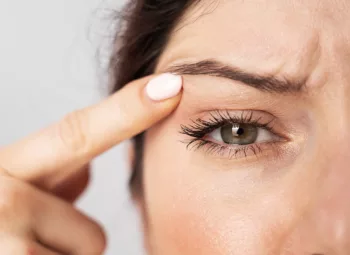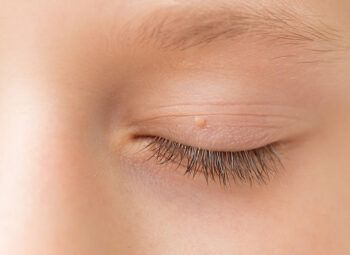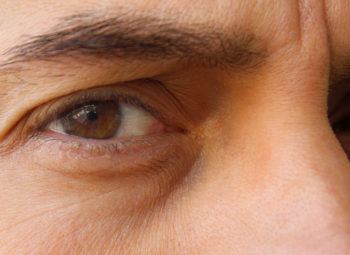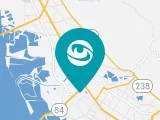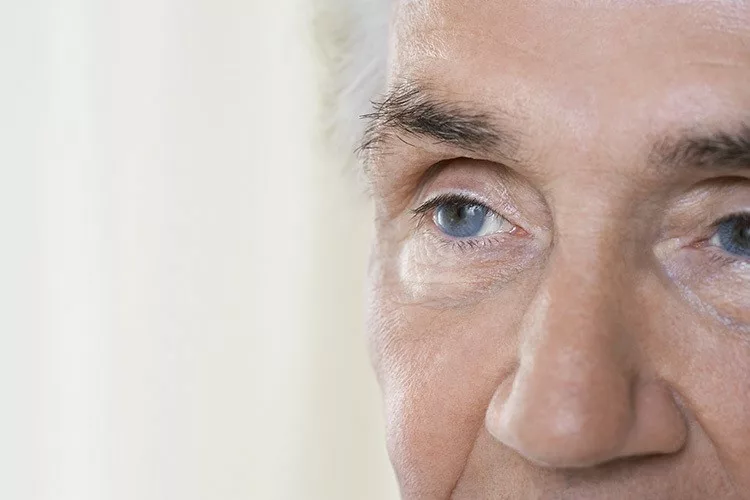
What Are the Most Common Age-Related Eye Conditions?
As we age, our eyes naturally change and can become weaker. If not detected and cared for early on, age-related eye conditions can eventually lead to permanent vision loss. In fact, it is estimated that over one million people over the age of 45 are permanently blind due to treatable age-related vision problems. This guide outlines four of the most common age-related eye conditions and the possible symptoms you should watch out for.
1. Age-Related Cataracts (Nuclear Sclerotic Cataracts)
Cataracts can begin developing at any age, but the most common age-related cataract is a nuclear sclerotic cataract. It is estimated that 90% of people over the age of 65 already have age-related cataracts whether they know it or not.
The Signs and Symptoms of Cataracts
- Cloudy or blurry vision
- Light sensitivity
- Glares or halos around lights
- Poor night vision
- Frequent fluctuations in vision prescription
- Double vision
- Requiring extra light to see
- Colors appearing yellowed or faded
If left untreated, nuclear sclerotic cataracts will continue to get progressively bigger, and will ultimately lead to complete blindness. If you are over the age of 40, it is imperative to attend annual eye examinations with your ophthalmologist. These comprehensive eye exams are the best way to defect the early signs of cataracts before they cause irreparable damage to your vision.
2. Glaucoma
Glaucoma is the second most prevalent cause of vision loss and is estimated to affect over two million people over the age of 40. Glaucoma is often caused by an abnormal amount of pressure build-up in your eye that results in optic nerve damage. Once the nerve has been impaired, the resulting vision loss is irreversible.
The Signs and Symptoms of Glaucoma
- Blind spots
- Tunnel vision
- Headache
- Eye pain or pressure
- Nausea and vomiting
- Blurred vision
- Halos or glares around lights
- Chronic red-eye
Symptoms of glaucoma do not typically present until the eye disease has advanced enough to cause irreparable damage. If detected and treated in the early stages of development, glaucoma can usually be controlled with little or no further vision loss.
3. Diabetic Retinopathy
Diabetic Retinopathy is a diabetes complication that puts more than 14 million people at risk of blindness if not diagnosed early. This common eye condition is the result of damage to the blood vessels in your retina located in the back of your eye. Your retina senses light and aids in sending images to your brain. If you have diabetes and your body struggles to manage and store sugar properly, these high blood-sugar levels can cause damage to the blood vessels in the retina. This obscures your eye’s ability to process light correctly and results in vision loss.
The Signs and Symptoms of Diabetic Retinopathy
- Floater: (spots floating in your vision)
- Blurry vision
- Fluctuating vision prescription
- Partial color blindness
- Dark or blank spots in your vision
- Vision loss
Having diabetes doesn’t necessarily mean that your vision will be affected, but it does put you at a higher risk of developing Diabetic Retinopathy. You can significantly lower your risk of vision loss by strictly managing your blood sugar and visiting your ophthalmologist for regular eye exams.
4. Age-Related Macular Degeneration (AMD)
Age-Related Macular Degeneration affects 11 million people over the age of 60 in the U.S. today, and that number is expected to double by 2050. As the name suggests, AMD is the breakdown or deterioration of the small area at the center of your retina known as the macula. As the condition progresses, you lose the ability to see fine lines clearly and can develop blind spots in the center of your field of vision.
The Signs and Symptoms of Macular Degeneration
- Reduced central vision
- Visual distortions (Ex: straight lines will appear bent)
- Blurry vision
- Requiring brighter light
- Difficulty adapting to lower light levels
- Decreased perception of brightness of color tones
There’s no cure, but treatment for age-related macular degeneration may slow the progression of the disease and can keep you from suffering from severe vision loss. Early detection is critical to maintaining your vision and eye health in your later years, so talk to your eye doctor about scheduling an eye exam.
Treat Your Most Common Age-Related Eye Conditions at NeoVision in Union City
As one of the leading Ophthalmologists in the Bay Area, Dr. Tandon specializes in the diagnosis and treatment of all eye conditions, diseases, and vision issues. Comprehensive eye examinations are imperative to catching age-related eye conditions before irreversible damage to your eye or vision has occurred.
At NeoVision Eye Center, our goal is to provide comprehensive vision care to all our Bay Area patients and ensure the longevity of your eye health. If you are over the age of 40 and haven’t received an eye exam in more than a year or have experienced any of the symptoms listed above, contact NeoVision Eye Center today. Our board-certified ophthalmologists are here to ensure the health and longevity of your eyes for years to come.

